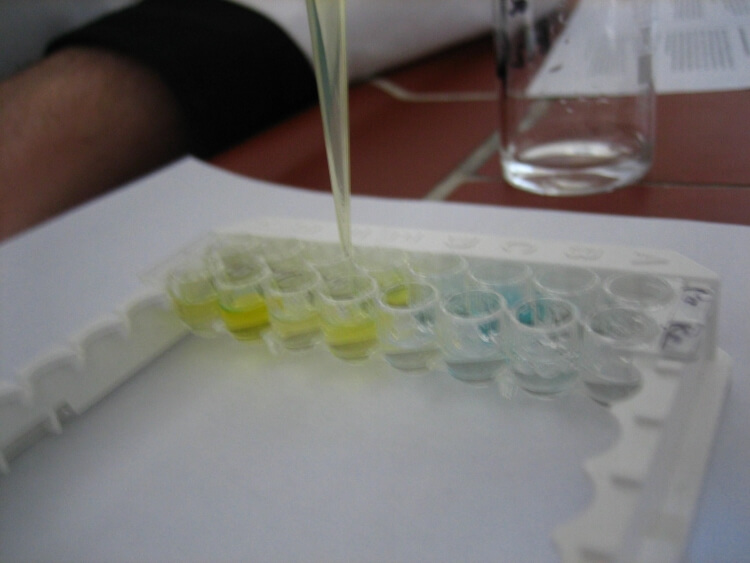2532
Human Duffy Blood Group Chemokine Receptor (DARC) ELISA Kit
Human Duffy Blood Group Chemokine Receptor (DARC) ELISA Kit
blood
Q16570
sandwich
12 months
0.062ng/mL
0.156-10ng/mL
Homo sapiens human
CD234,CCBP1,Dfy,FY,GPD,Duffy Antigen,Ackr1
serum, plasma, cell lysates and other biological fluids.
ELISA Enzyme-linked immunosorbent assays Code 90320007 SNOMED
This product is available in other size, contact us for more information
E05 478 566 350 170 or Enzyme-Linked Immunosorbent Assays,E05 478 566 350 170 or Enzyme-Linked Immunosorbent Assays,Human proteins, cDNA and human recombinants are used in human reactive ELISA kits and to produce anti-human mono and polyclonal antibodies. Modern humans (Homo sapiens, primarily ssp. Homo sapiens sapiens). Depending on the epitopes used human ELISA kits can be cross reactive to many other species. Mainly analyzed are human serum, plasma, urine, saliva, human cell culture supernatants and biological samples.
Blood is slightly basic and contains proteins, hemoglobin, albumins in its serum. Reddot Biotech supplies this blood related product in 1.Chemokines, chemokine receptors, ligands , motif chemokines and cytokines are supplied by Reddot Biotech in 1.The receptors are ligand binding factors of type 1, 2 or 3 and protein-molecules that receive chemical-signals from outside a cell. When such chemical-signals couple or bind to a receptor, they cause some form of cellular/tissue-response, e.g. a change in the electrical-activity of a cell. In this sense, am olfactory receptor is a protein-molecule that recognizes and responds to endogenous-chemical signals, chemokinesor cytokines e.g. an acetylcholine-receptor recognizes and responds to its endogenous-ligand, acetylcholine. However, sometimes in pharmacology, the term is also used to include other proteins that are drug-targets, such as enzymes, transporters and ion-channels.
